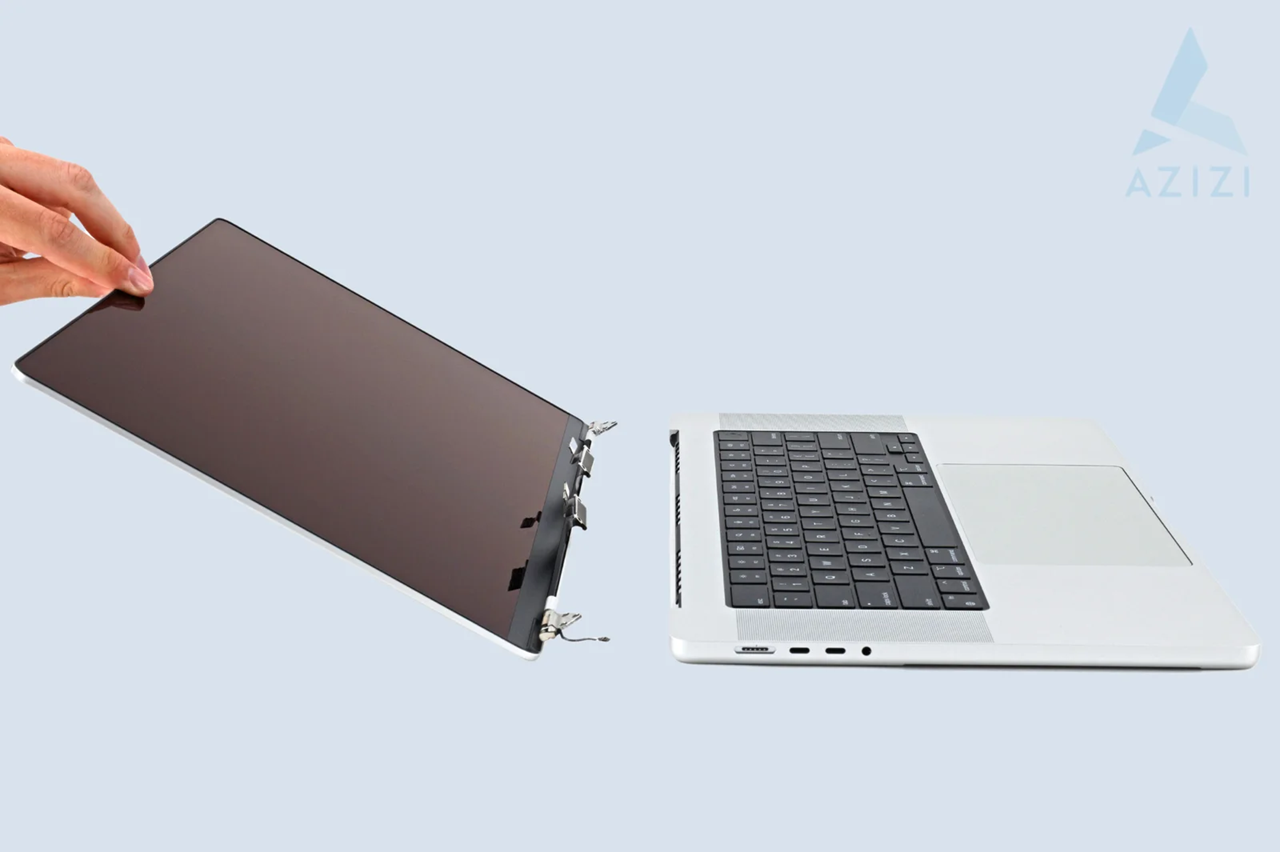Finding the Touch of Screenshots: A Comprehensive Guide to Taking Pictures on a MacBook Air

Strong 8k brings an ultra-HD IPTV experience to your living room and your pocket.
Today, capturing screenshots is a key skill for Mac users everywhere. Whether you're a student, a worker, or a MacBook Air user, learning to take screenshots can help you work better and communicate more effectively. In this guide, we’ll show you how to take screenshots on your MacBook Air. You’ll learn different methods, shortcuts, and tips to make it quick and easy.
Understanding the Basics of Screenshots:
Before we explore how to take screenshots on your MacBook Air, let's understand what a screenshot is and why it's helpful.
What is a Screenshot?
A screenshot is a digital image of what’s on your screen at that moment. It lets you capture and save exactly what you see on your screen. This includes open windows, apps, web pages, and any other content.
Why Take Screenshots?
- Documentation: Screenshots help capture important information. They can show error messages, software settings, or web content. You can refer back to them or share them with others later.
- Communication: Screenshots are a great way to share information visually. You can use them for instructions, to show a process, or to point out specific details.
- Troubleshooting: When you need technical support, use screenshots. They show the problem clearly to others.
Methods for Taking Screenshots on MacBook Air:
Now that we know how important screenshots are, let’s look at the different ways to take them on your MacBook Air.
- Using Keyboard Shortcuts
- Capturing the Entire Screen
- Press Command (⌘) + Shift + 3 simultaneously.
- You’ll hear a camera shutter sound. This means the screenshot was captured successfully.
- The screenshot will be saved as a PNG file on your desktop by default.
Capturing a Selected Portion of the Screen
- Press Command (⌘) + Shift + 4 simultaneously. Your cursor will turn into a crosshair.
- Click and drag to select the portion of the screen you want to capture.
- Release the mouse button to take the screenshot.
- Like capturing the entire screen, the selected portion will be saved as a PNG file on your desktop.
- Using the Grab Utility
- Accessing the Grab Utility
- Go to Applications > Utilities > Grab.
- Launch the Grab utility.
Capturing Screenshots with Grab:
In the Grab menu, choose Capture. Then pick from Selection, Window, Screen, or Timed Screen based on what you prefer.
- Follow the prompts to capture the desired portion of the screen.
- Once captured, you can save the screenshot in various formats, including TIFF, PNG, JPEG, and PDF.
- Using Preview App
- Capturing Screenshots with Preview
- Open the Preview app from your Applications folder.
- Click File, then Take Screenshot. You’ll see options: From Selection, From Window, or From Entire Screen.
- Preview will capture the screenshot according to your selection and open it as a new file.
- You can then save the screenshot in your preferred format.
Tips and Tricks for Better Screenshots:
- Customize Screenshot File Names: To help you find and sort your screenshots, try changing the default file names to more descriptive titles.
- Use Markup Tools: Use the built-in markup tools in Preview to highlight and annotate parts of your screenshots.
- Check Third-Party Apps: Many screenshot apps on the Mac App Store provide extra features and options. They help you capture and manage screenshots better.
Learning to take screenshots on your MacBook repair Dubai is a useful skill. It can boost your productivity and improve how you communicate. Learn different methods and shortcuts for better screenshots. Use tips and tricks to help you capture, annotate, and share visual content easily. Start taking screenshots and discover a world of possibilities on your MacBook Air!
Advanced Techniques for Screenshot Mastery:
Now that you know how to take screenshots on your MacBook Air, let’s explore some advanced tips. These will help you improve your skills even more.
Utilizing Keyboard Shortcuts Efficiently:
Standard keyboard shortcuts for screenshots are handy. However, extra shortcuts and modifiers can make the process more efficient.
- Adding Control Key: If you add the Control key to the standard shortcuts (Command + Shift + 3 or 4), you can copy the screenshot to the clipboard. This way, it won't save as a file. You can use this to paste the screenshot straight into an app or document.
- Using the Option Key: Press the Option key when taking a screenshot. This will skip the usual saving spot, like your desktop. Instead, it will let you pick where to save the file.
- Try mixing different shortcuts and modifiers: This helps you customize your screenshot capture to fit your needs. You can press Command + Shift + 4 to capture part of the screen. If you add the Control key, it will copy the image to the clipboard instead of saving it as a file.
Taking Timed Screenshots:
Sometimes you may need to capture a screenshot of a menu or tooltip that disappears when you click away. In such cases, the timed screenshot feature can be incredibly useful.
Press Command + Shift + 5 to open the screenshot toolbar. This toolbar lets you capture the whole screen, a chosen part, or a specific window. It also includes a timer option, allowing you to delay the screenshot capture by 5 or 10 seconds. This gives you time to set up the screen exactly as you want it before the screenshot is taken.
Organizing and Managing Screenshots:
To keep your screenshots organized, set up a good system. It helps you manage them better as you capture more.
- Create a Dedicated Folder: Make a folder on your MacBook Air just for screenshots. This keeps your desktop tidy. It also makes it easier to find screenshots when you need them.
- Using Automator: Automator is a built-in app on macOS. It helps you automate repetitive tasks. You can use Automator to create workflows. These workflows can automatically move screenshots to a specific folder. You can also rename them or do other tasks based on certain criteria.
- Use Tags: Use macOS tags to sort and label your screenshots. You can add tags like “work,” “personal,” or “project.” This helps you search and filter screenshots by context.
Integrating Screenshots into Workflows:
Screenshots fit well into your workflow. They can help make tasks and processes easier.
- Collaboration: Share ideas, give feedback, or track changes with colleagues or clients using screenshots.
- Documentation: Screenshots are invaluable for documenting processes, workflows, and software configurations. They can serve as visual aids for tutorials, user guides, or troubleshooting documentation.
- Social Media and Marketing: Use screenshots again for social media posts, blog articles, presentations, and marketing materials. They provide visual context and enhance engagement with your audience.
Staying Updated with macOS Features:
macOS keeps changing. Each major update brings new features and improvements. Stay updated on the latest macOS screenshot features. They may bring new functions or enhance what you already have.
Note: IndiBlogHub features both user-submitted and editorial content. We do not verify third-party contributions. Read our Disclaimer and Privacy Policyfor details.


